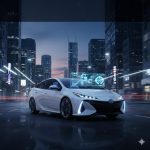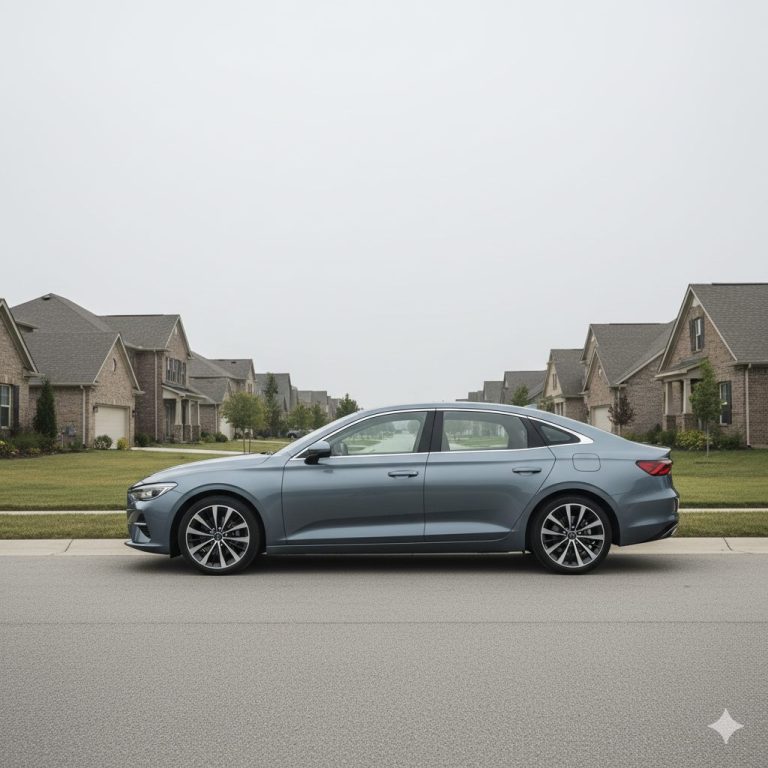The 2025 Toyota Prius: 11 Futuristic Upgrades You’ll Love
The 2025 Toyota Prius isn’t just about fuel efficiency anymore it’s a showcase of futuristic design and smart technology. From advanced driver assists to next-gen hybrid systems, these 11 features prove why the Prius remains the benchmark for innovation.
Enhanced Toyota Safety Sense 3.0
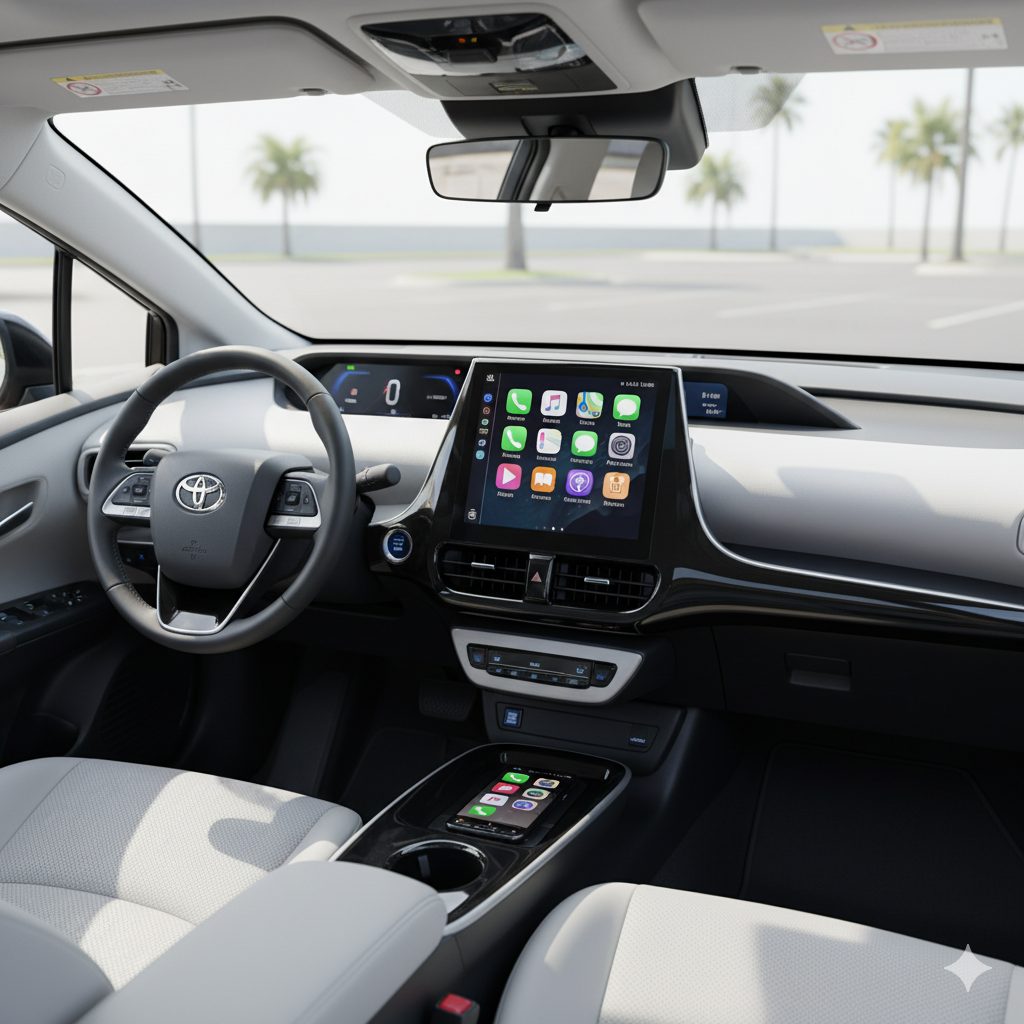
So Toyota Safety Sense 3.0 is like… it’s basically the car watching out for you when your brain is on autopilot during your morning commute. The new Prius, starting around $28,000, comes standard with this system that can detect pedestrians, cyclists, and even motorcycles now, which is huge because motorcycles were like invisible to older systems. I mean, the pre-collision thing actually works really well – my friend has the 2024 and it saved him from rear-ending someone who slammed on their brakes for no reason. But what’s cool about 3.0 is it can handle more complex scenarios, like when someone’s jaywalking while texting, or when a cyclist suddenly swerves. It’s not perfect, obviously, but it’s gotten scary good at predicting stupid human behavior.
Solar Roof Panel System

Okay, this solar roof thing… I was skeptical at first because it sounds gimmicky, right? But Toyota actually made it useful this time. It’s not gonna power your whole car or anything, but it can add like 3-4 miles of range per day just sitting in a parking lot, which honestly adds up over time. The system costs extra – probably adds like $1,500 to the price – but if you’re one of those people who parks outside all day for work, it’s kinda brilliant. Plus, it powers the ventilation system when the car’s parked, so you don’t get into a furnace on hot days. My neighbor in Arizona would kill for this feature because his car is basically an oven by 3 PM.
Advanced Digital Cockpit with 12.3″ Display
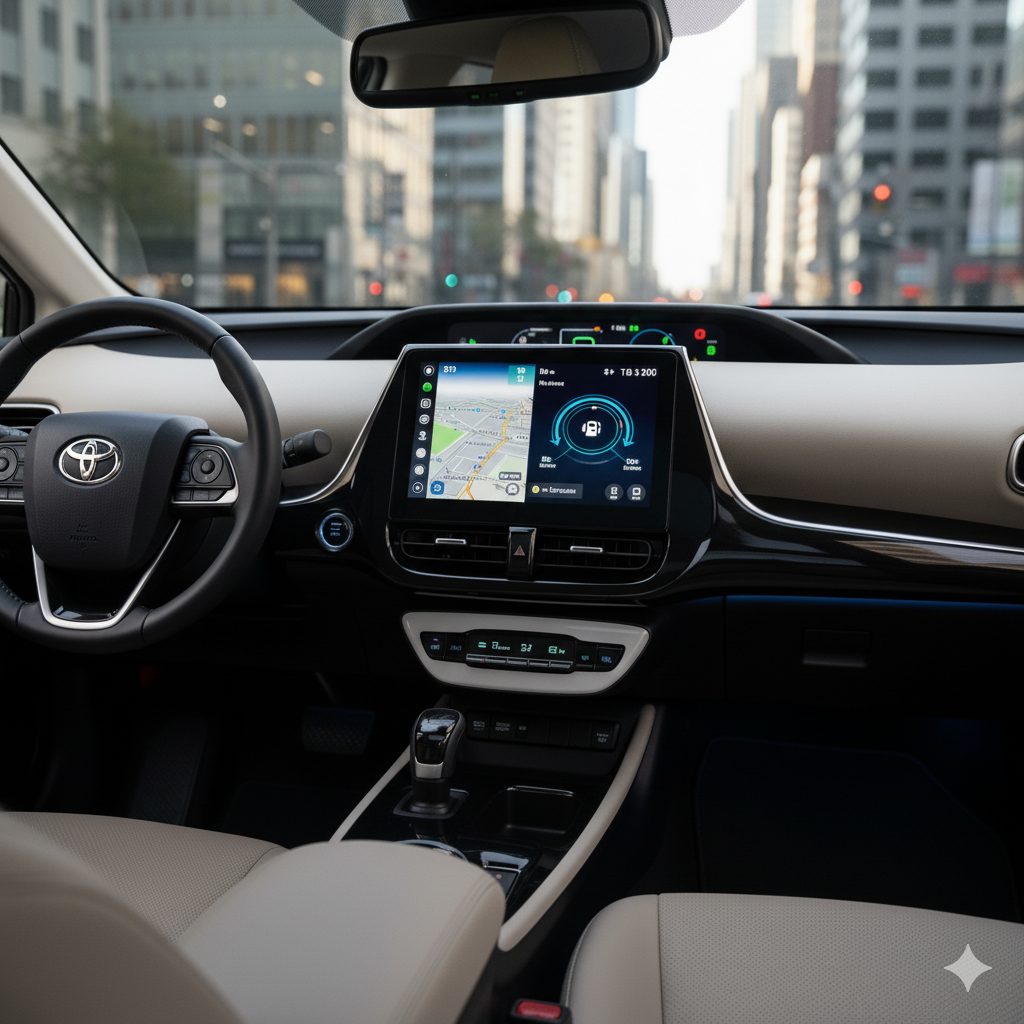
The new digital cockpit is… well, it’s finally modern, thank god. Previous Prius generations had these weird, space-age displays that looked cool but were impossible to read in sunlight. This new 12.3″ screen is crisp, responsive, and actually makes sense. You can customize it however you want – energy flow, navigation, trip info, whatever. And honestly, the graphics are really clean, not like those cheesy fake 3D displays some cars have. The touch response is quick too, which might sound basic but you’d be surprised how many cars still have laggy infotainment systems in 2025.
Wireless Apple CarPlay and Android Auto
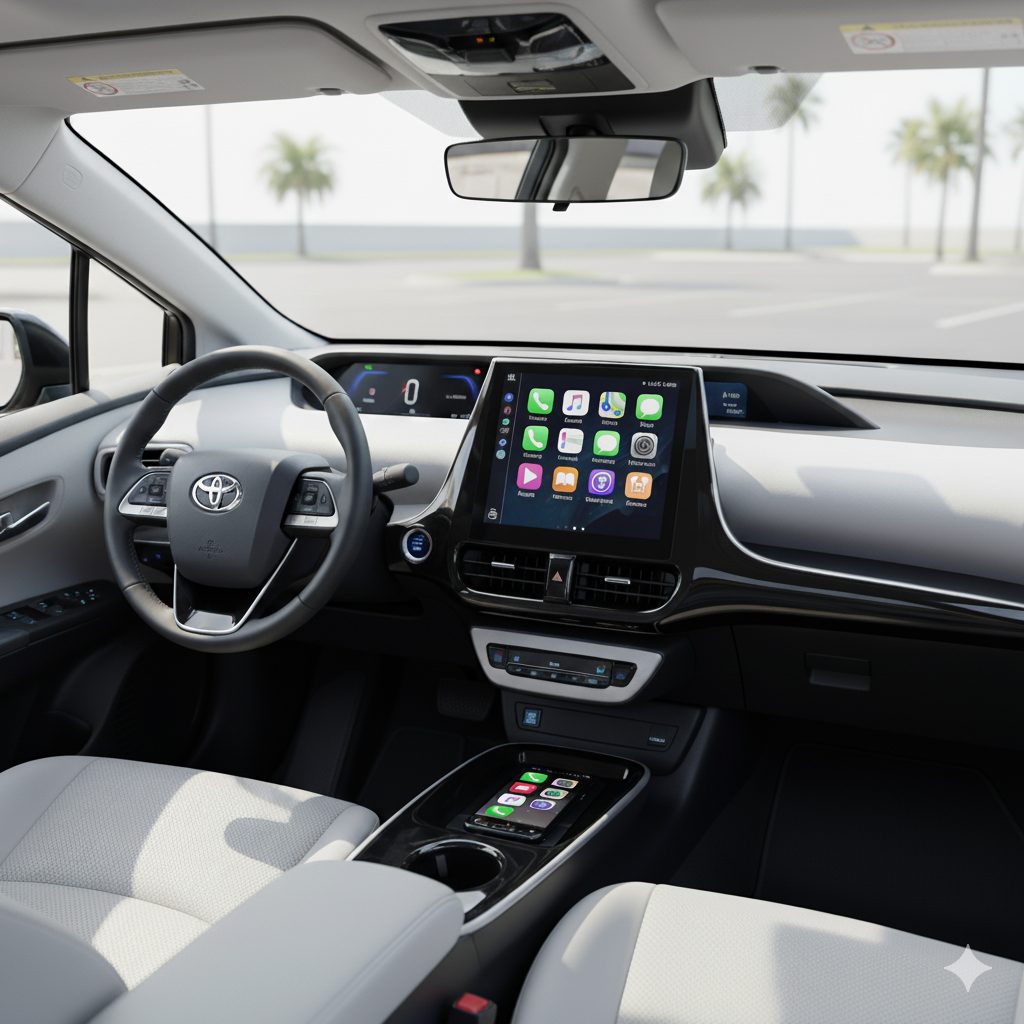
Finally! I mean, seriously, it took Toyota forever to get with the program on wireless connectivity. No more digging around for cables every time you get in the car, which sounds small but it’s one of those quality-of-life things that makes a difference. The connection is stable too – not like some cars where it drops out randomly or takes forever to connect. And the integration is seamless with that big display, so your phone stuff actually looks good on the screen instead of stretched and pixelated.
Predictive Efficiency Assistant

This is where it gets nerdy in a good way… the Predictive Efficiency Assistant uses GPS data to optimize the hybrid system based on what’s coming up. Like, if there’s a big hill ahead, it’ll save battery power for the climb, or if you’re approaching a long downhill, it’ll use more electric mode beforehand so it can regen on the way down. It’s like the car is thinking three steps ahead, which honestly makes the whole hybrid experience feel more intelligent. You can actually see it working on the energy display, and it’s kinda satisfying to watch it manage everything automatically.
Enhanced Head-Up Display

The head-up display finally doesn’t look like it’s from 1995… it’s bright, sharp, and shows actually useful information without cluttering your view. Speed, navigation arrows, hybrid system status, and safety warnings all project right onto the windshield. What’s cool is it adjusts brightness automatically based on lighting conditions, so you don’t get that washed-out look in bright sunlight. And the position is adjustable, which seems obvious but some HUDs just assume everyone’s the same height. The graphics are clean too – not trying to be flashy, just functional.
Intelligent All-Wheel Drive System
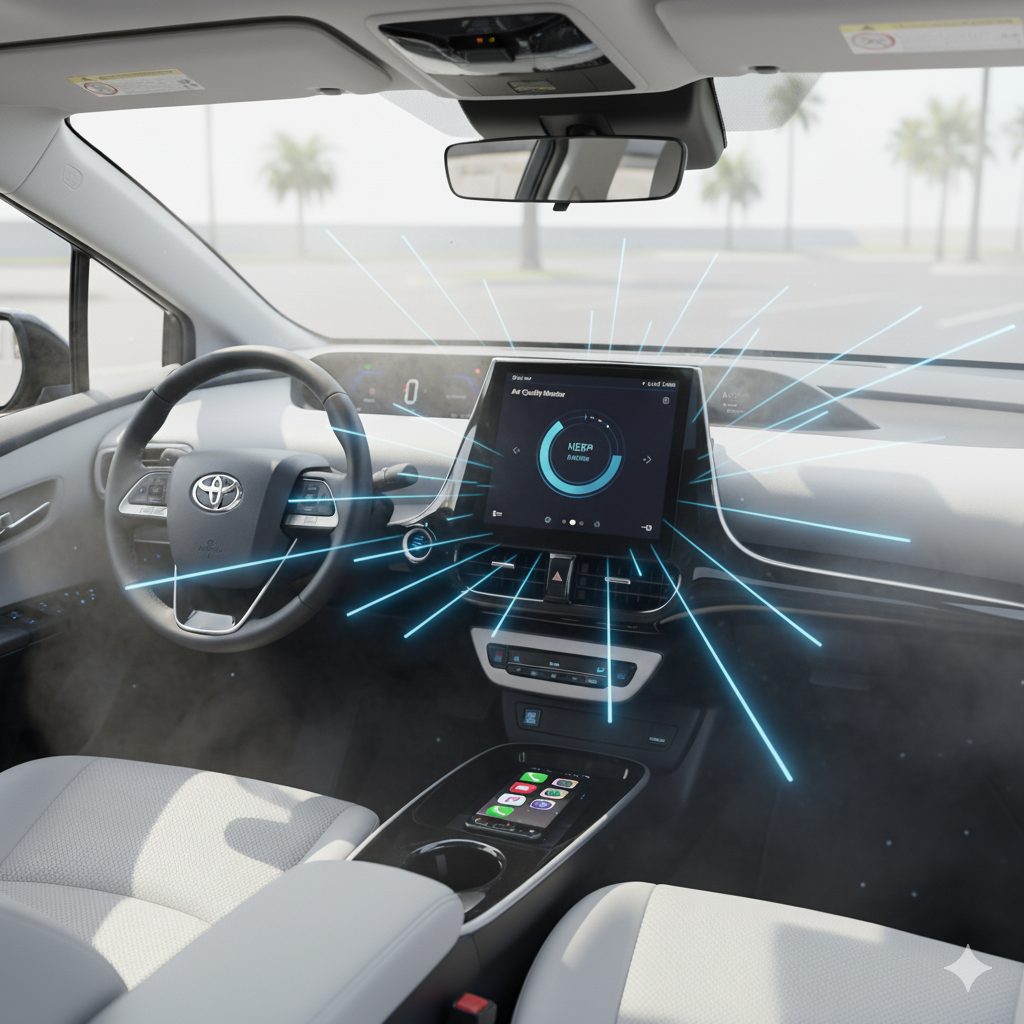
So Toyota added AWD to the Prius, which… honestly, I never thought I’d see. It’s not like a Subaru system – it’s more about efficiency and mild weather capability than serious off-roading. The rear electric motor kicks in automatically when you need traction, and it’s pretty seamless. I drove one in light snow last winter and it handled way better than I expected. The system adds maybe $1,400 to the price but if you live somewhere with actual seasons, it’s probably worth it. Plus, it doesn’t hurt fuel economy much because the rear motor only engages when needed.
Advanced Climate Control with Air Purification
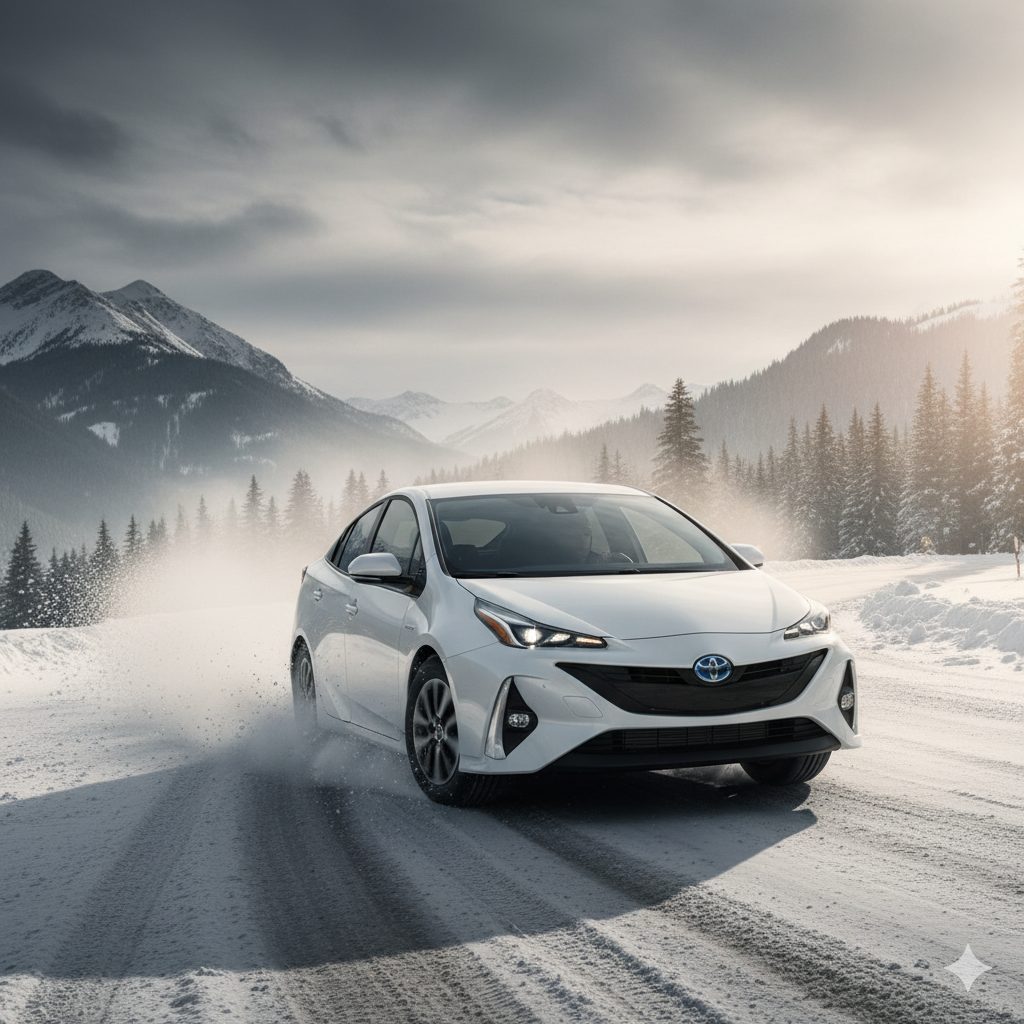
The climate system is surprisingly sophisticated… it’s got this air purification mode that actually works, not just marketing fluff. There’s a HEPA-grade filter and some kind of ionizer that supposedly neutralizes odors and allergens. I don’t know the exact science, but it definitely makes the cabin air feel fresher, especially in stop-and-go traffic. The automatic climate control is smart too – it learns your preferences and adjusts preemptively. And the heated seats warm up crazy fast, which is nice because the engine doesn’t always run to provide cabin heat in hybrid mode.
Smart Key System with Remote Climate

The smart key thing has gotten really convenient… you can start the climate control from your phone, which is perfect for extreme weather. Like, you can cool down the car before getting in on hot days, or warm it up when it’s freezing. The app works reliably too, which hasn’t always been Toyota’s strength. You can also check if you locked the doors, find your car in a parking lot, and see fuel/battery levels. Basic stuff, but it’s executed well and the app doesn’t crash constantly like some manufacturers.
Dynamic Radar Cruise Control with Curve Speed Management

The adaptive cruise control is genuinely impressive now… it doesn’t just maintain distance, it actually slows down for curves based on GPS and camera data. So if you’re cruising at 70 and there’s a tight curve ahead, it’ll slow down automatically to a safe speed, then speed back up afterward. It’s subtle but really nice on winding roads or highway interchanges. The system is smooth too – no jerky braking or acceleration that makes passengers carsick. And it works well in stop-and-go traffic, though it’s not quite full self-driving level.
Integrated Dash Cam System

Toyota finally built dash cams into the car, which is smart because aftermarket ones always look tacked-on. The system records front and rear continuously, and it automatically saves footage if it detects an impact or sudden braking. You can also manually save clips with a button press. The video quality is decent – not cinema-level, but good enough for insurance purposes. And it integrates with the infotainment system, so you can review footage on the main screen if needed. It’s one of those features you hope you never need but you’re glad it’s there.

